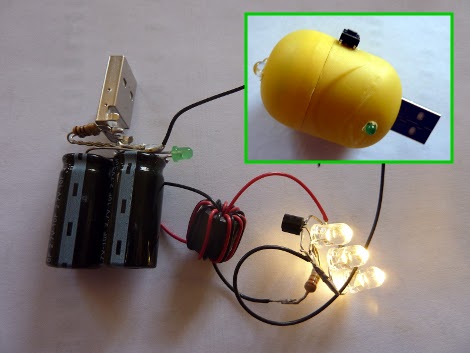[Henryk] just sent us his latest episode of simple LED circuit puzzles. In front of the camera he solders one pin of each of the 3 LEDs to a different switch. He then puts the three assemblies in his hand and flips each switch to make the corresponding LED come on. We look forward to your explanations in the comments.
You may remember two other videos that [Henryk] made (also embedded after the break). The first video was a simple circuit with a resistor, three switches, and three LEDs in series. When a battery was connected, the LEDs were somehow switched on one at a time.The second video featured the same resistor/switches/LEDs, this time in a parallel circuit. Turning on the first switch made the first LED light up, and the second switch made the second LED light up.
Here are the few other troll physics projects we featured: the original LED circuits post, the super deluxe edition and the amazing solution to the trickery.


















